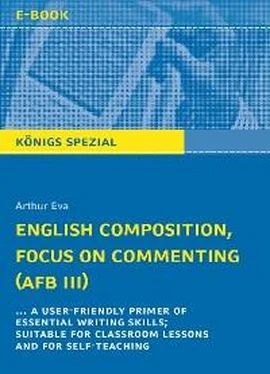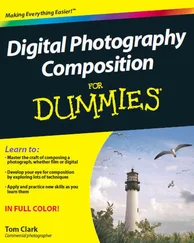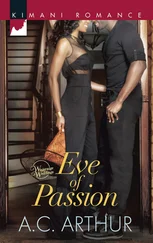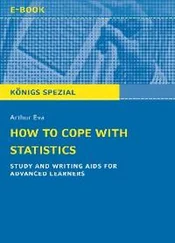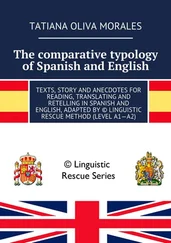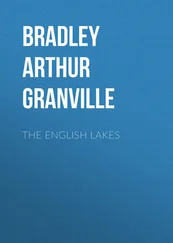KÖNIGS SPEZIAL
Arthur Eva
ENGLISH COMPOSITION, FOCUS ON COMMENTING (AFB III)
… A USER-FRIENDLY PRIMER OF ESSENTIAL WRITING SKILLS; SUITABLE FOR CLASSROOM LESSONS AND FOR SELF-TEACHING

Über den Autor dieser Publikation:→ Arthur Eva, Jahrgang 1942, Oberstudienrat i. R. → Studium: Anglistik und Geographie, Examen 1967, Universität Mainz → Schuljahr 1963/64 Assistant Teacher, Manor Park School Nuneaton, GB → 1965/66 Teaching Fellow, University of Michigan, Ann Arbor, USA → Fachgruppenleiter Englisch am Oldenburg-Kolleg bis zur Pensionierung (2004) → Zurzeit bei Bedarf ehrenamtlicher Mitarbeiter an der Freien Waldorfschule Oldenburg
Das Werk und seine Teile sind urheberrechtlich geschützt. Jede Verwertung in anderen als den gesetzlich zugelassenen Fällen bedarf der vorherigen schriftlichen Einwilligung des Verlages. Hinweis zu § 52 a UrhG: Die öffentliche Zugänglichmachung eines für den Unterrichtsgebrauch an Schulen bestimmten Werkes ist stets nur mit Einwilligung des Berechtigten zulässig.
1. Auflage 2013
ISBN 978-3-8044-1898-1
© 2013 by C. Bange Verlag, 96142 Hollfeld
Alle Rechte vorbehalten!
Hinweise zur Bedienung
InhaltsverzeichnisDas Inhaltsverzeichnis ist vollständig mit dem Inhalt dieses Buches verknüpft. Tippen Sie auf einen Eintrag und Sie gelangen zum entsprechenden Inhalt.
FußnotenFußnoten sind im Text in eckigen Klammern mit fortlaufender Nummerierung angegeben. Tippen Sie auf eine Fußnote und Sie gelangen zum entsprechenden Fußnotentext. Tippen Sie im aufgerufenen Fußnotentext auf die Ziffer zu Beginn der Zeile, und Sie gelangen wieder zum Ursprung. Sie können auch die Rücksprungfunktion Ihres ePub-Readers verwenden (sofern verfügbar).
Verknüpfungen zu Textstellen innerhalb des Textes (Querverweise)Querverweise, z. B. „s. S. 26 f.“, können durch Tippen auf den Verweis aufgerufen werden. Verwenden Sie die „Zurück“-Funktion Ihres ePub-Readers, um wieder zum Ursprung des Querverweises zu gelangen.
Verknüpfungen zu Inhalten aus dem InternetVerknüpfungen zu Inhalten aus dem Internet werden durch eine Webadresse gekennzeichnet, z.B. www.wikipedia.de. Tippen Sie auf die Webadresse und Sie werden direkt zu der Internetseite geführt. Dazu wird in den Web-Browser Ihres ePub-Readers gewechselt – sofern Ihr ePub-Reader eine Verbindung zum Internet unterstützt und über einen Web-Browser verfügt. Hinweis:Bitte beachten Sie, dass Webadressen nach Erscheinen dieses ePubs gegebenenfalls nicht mehr aufrufbar sind!
INHALT
1. Preliminaries
2. NORMING AND PERFORMING: A FEW BASICS
3. STRATEGY I: ONE LINE OF ARGUMENTATION
3.1 A “safety first” approach
3.2 Safety first strategies: keeping your head above water
3.3 How to cope with emergency situations
3.4 One line of argumentation – a more ambitious approach
4. STRATEGY II: MORE COMPLEX TASK APPROACHES
5. THINK BIG! THE SKY IS THE LIMIT. – SUGGESTIONS FOR HIGH-FLIERS
APPENDIX
Dear user,
this manual familiarizes you with the basic requirements of comment-writing and with various approaches. Moreover it provides several sample answers. In addition to that you will pick up dozens of valuable high-frequency expressions as you go along. High-frequency multi-purpose expressions such as “moreover”, “although” or “such as” can be used as signposts or to connect your ideas. They can easily be recycled in a new context.
The good news is, if you internalize some or most of the high-frequency expressions which appear in boldand use them repeatedly in your papers your word power will increase rapidly, your style will improve fast, and your grades will go up accordingly. If time permits, write one exercise paper a week recycling these expressions and hand it in to your teacher for corrections.
| 2. |
Norming and performing: a few basics |
It goes without saying that a reasonable command of English is a necessary basis for any kind of text production.
No matter what your assignment may be, you are always expected to state your opinion clearly and to support it with reasonable arguments based on evidence from your text. You have to demonstrate that you are able to argue coherently and consistently.
It might be a good idea to establish a frame of reference in your opening paragraph before you outline your position and go into details.
The body of your comment should have a clear structure. Compose your text in such a way that your reader can follow your line of thought effortlessly at any time without having to look at the text you are commenting on to find out what you might be talking about.
Your concluding paragraph is of great importance. This is what your examiner reads last and will remember most. Simply repeating yourself is not enough. Finishing the comment off with a relevant quotation, a punch line or another good idea you have will impress your examiner.
Last but not least, avoid digressions! A digression is any line of thought that does not recognizably refer to your assignment. You will lose points for that or even get no points at all!
| 3. |
Strategy I: One line of argumentation |
| 3.1 |
A “safety first” approach |
You might proceed as follows:
State your thesis clearly.
Support it with relevant and valid arguments.
Finish your line of thought off with an effective concluding paragraph.
If you want to be on the safe side, it might be a good idea to use a simple overall structure. The stepping stones “first(ly)- second(ly)- moreover/furthermore” can be helpful here.
A paragraph is a sense unit. It consists of a topic sentence and a few lines that elaborate on it. When you touch upon a new aspect you move on to a new paragraph.
Assignment: Support or refute the thesis ”Football stars do not deserve the big money they earn”.
Model answer
Конец ознакомительного фрагмента.
Текст предоставлен ООО «ЛитРес».
Прочитайте эту книгу целиком, купив полную легальную версию на ЛитРес.
Безопасно оплатить книгу можно банковской картой Visa, MasterCard, Maestro, со счета мобильного телефона, с платежного терминала, в салоне МТС или Связной, через PayPal, WebMoney, Яндекс.Деньги, QIWI Кошелек, бонусными картами или другим удобным Вам способом.
